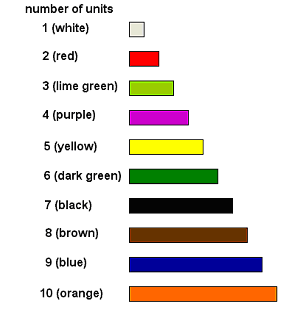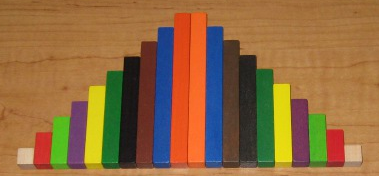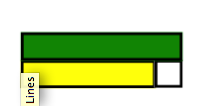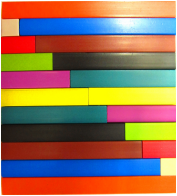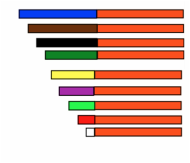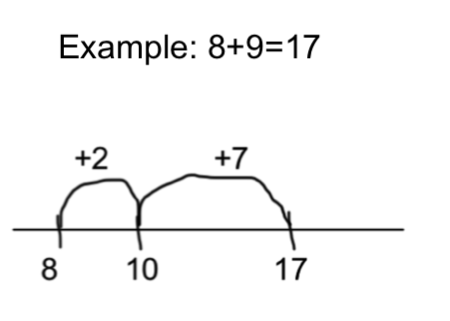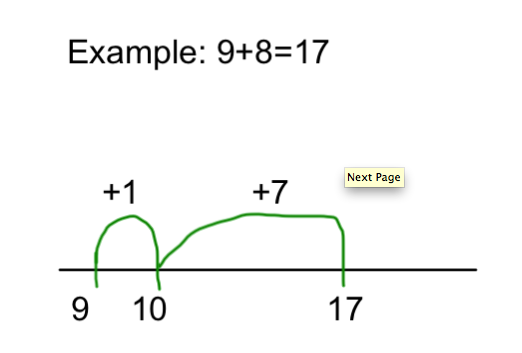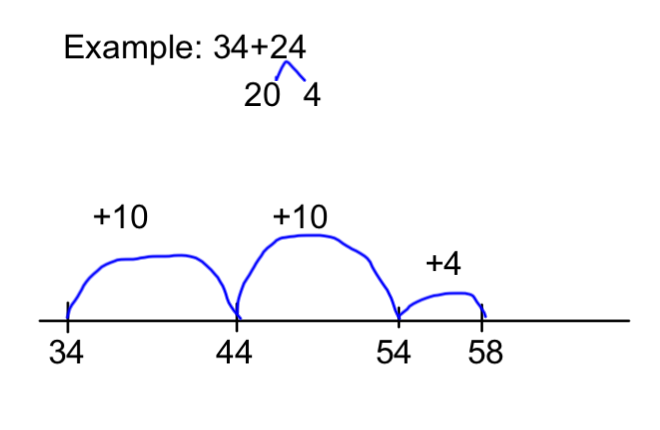|
|
Our focus for September - December is on the following addition facts:
The left hand side is an example of how the rods are used as a manipulative to learn the addition facts. Addition facts are also reinforced with other math tools the children have at their disposal. . Addition Word Problems Joining Problems Joining problems involve the joining of one set with another and takes place over time. There are three different types of joining problems.
Subtraction Word Problems Seperating Problems Seperating problems involve action over time, just as joining problems.
Please use your best judgement when deciding to give your child an addition vs a subtraction problem as you practice at home with him/her. Remember that the non-negotiable for first grade is knowing the 10 addition strategies. You may choose to extend these word problems by using numbers at your discretion. Our focus for December - March is on the following addition facts:
We will continue to review the addition strategies introduced previously. Our focus for March - June is on the following: Adding using a number line: Example: 8+9 and 9+8 |
8+2=10 then the remaining 7 (from the 9) makes 10+7=17 9+1=10 then the remaining 7 (from the 8) makes 10+7=17
Double digit adding on the number line:
Example: 34+24
Example: 34+24
Adding using place value:
Example: 34+24=58
34= 30+4
24= 20+4
Add the tens: 30+20=50
Add the ones: 4+4=8
Add the tens and the ones together: 50+8=58
Example: 34+24=58
34= 30+4
24= 20+4
Add the tens: 30+20=50
Add the ones: 4+4=8
Add the tens and the ones together: 50+8=58
We will continuing to focus on the following:
Strategies to add double-digit numbers
Telling time to the hour and half hour
Coin identification and values
We will continuing to focus on the following:
Strategies to add double-digit numbers
Telling time to the hour and half hour
Coin identification and values
